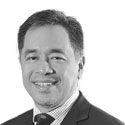
FINEX Folio
By Benel D. Lagua

WHEN Pulse Asia released the socio-economic profile of its respondents in its recent survey, it is notable that the class AB was not covered. Class C composed 8% of respondents, Class D1 was the biggest chunk at 61%, Class D2 at 18% and Class E at 13%.
Most analysts of the forthcoming polls agree on one thing — the election will be decided by the votes of class D-E. Despite all the revelations about ill-gotten wealth, unpaid estate taxes, false claims in school records, mediocre accomplishments in past positions held, and the unwillingness to engage in public debate, the D and E segment, at least according to the surveys, favor the candidate so accused. These are still surveys, so it remains to be seen whether these will translate to actual votes. But to the scrupulous and conscientious, these initial results reveal an inability to communicate these lacking competencies of the leading candidate.
The survey results show how important social status is as an element in communication. Social status refers to the relative rank or standing of an individual in the eyes of others. People have difficulty navigating status differences when trying to inform or persuade others. Such differences often create bias against those with perceived lower status.
According to various models, the communication process is comprised of five general components: the sender (or information source), the transmitter (which encodes the message), a channel (where signals pass through), the receiver (who decodes the message) and the destination (also the recipient). In between social classes, there are barriers or noise, the biggest of which is diversity which leads to preconceived notions, biases and resistance. This noise is aggravated by technology and social media with its preponderance of short and unvalidated clips that build perceptions masquerading as truth.
My friends ask why some people are not able to see the truth or at least detect the lies. While the observations may be valid, sometimes the problem lies not so much with the message but the approach of the sender and the appreciation of noise. The higher-class groups (A, B, C) may tend to be self-righteous. With said attitude, there is little effort to recognize the others’ perspective and how they interpret things. There are differences that must be recognized, and the greatest need is for the communicator to have more empathy, to put themselves in the place of the recipient and to remain humble.
For this reason, the country should aim to work for a strong middle class in the long run to lessen the dissonance. According to Samuel Huntington in The Third Wave, “Growth in global economic output helped modernize many less developed countries. Economic modernization, which includes structural changes like increased rates of urbanization, education and a rising middle class, unleashes a constellation of social forces with the organizational capacity and education to press for democratic governance.” Many scholars believe, though not without opposing views, that more equitable and sustainable development can only be achieved with the help of a middle class that will drive progress and equality. The NEDA’s Ambisyon Natin 2040 also proposes that expanding the Filipino middle class is key to achieving Philippine development goals.
According to a PIDS note, about 2 in every 5 Filipino belong to middle-income class, nearly three-fifths to low income and the remaining 1.4% to high income. A World Bank (WB) June 2020 paper on the middle class, however, notes a lower percentage number. The share of the middle class in total population in the Philippines is 9.2%, compared with 17.7% in developing East Asia and Pacific and 12.8% in developing countries. The Philippines not only has a small middle class compared with regional peers but has also experienced lower expansion.
The WB study identify the main impediments to upward mobility and more rapid expansion of the middle class. It recommends structural upgrade to increase the dynamism of the private sector to create more well-paying job opportunities. It calls for the need to improve skill, training and education quality for the labor force. It advocates improved financial services, access and use and improved support for school to work transition.
The forthcoming political exercise may be impaired because of the messaging to the social classes that dominate the electorate. There is no quick fix, and we can only hope for results that will not exacerbate the inequality in Philippine society. For the long haul, we need to see the emergence of a bigger middle class as one way to improve the governance setting, especially the choice of political leaders. A strong middle class invests in human capital, has better educational attainment, is expected to practice discernment and can serve as agents of change for better public service.
Benel Dela Paz Lagua was previously executive vice-president and chief development officer at the Development Bank of the Philippines. He is an active FINEX member and an advocate of risk-based lending for SMEs. The views expressed herein are his own and does not necessarily reflect the opinion of his office as well as FINEX.